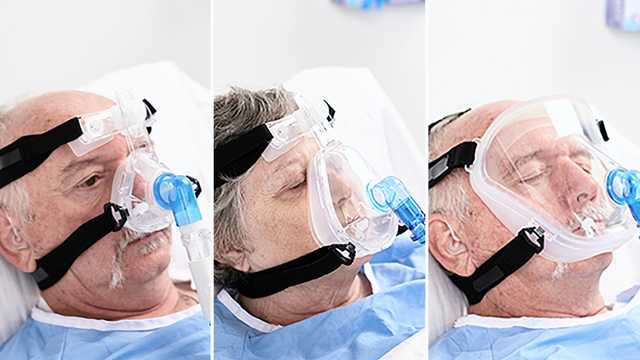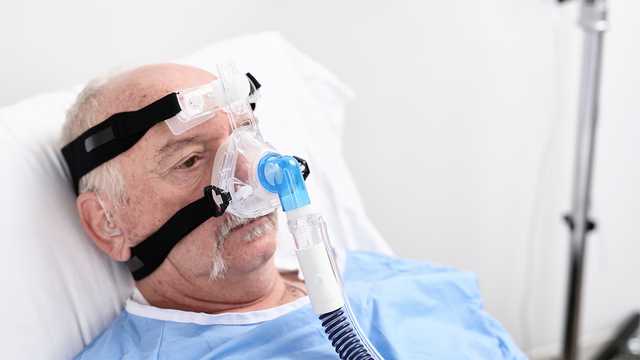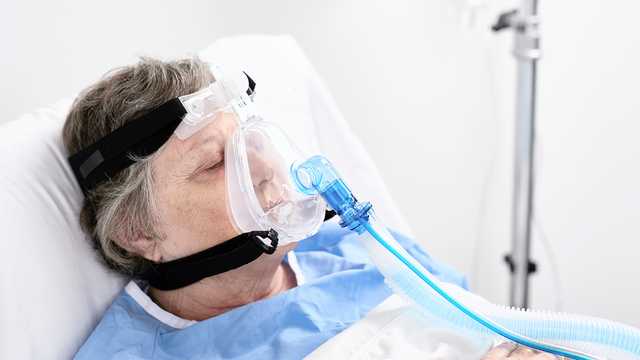
日期: 07.10.2022

长时间佩戴无创通气面罩可能导致压疮的发生 (
您可以选择鼻部、口鼻或全周长的面罩配置,以确保最适合每个病人的情况。如果您想知道各种配置之间的差异,这里有一个快速概览:
鼻面罩(

口鼻面罩是无创通气治疗的标准。口鼻面罩适用于有高呼吸需求的病人或需要无创通气(NIV)进行呼吸支持的自主呼吸的病人。面罩的形状允许病人用嘴呼吸,因此二氧化碳的排出更顺畅,因为鼻腔阻力最小。

全周长面罩避免了对鼻子的直接压力,而是将其分散在一个更大的表面区域。全周长面罩还可以减少病人的幽闭恐惧感。通过对脸部周围的密封,面罩对鼻梁难题或其他面部变形和异常的情况提供了一个很好的解决方案。

有关详细的订购信息,请联系您当地的 Hamilton Medical 哈美顿医疗公司代表或访问我们的 Hamilton Medical 哈美顿医疗公司电子产品目录。
请点击下面的链接来探索我们的全系列面罩指南。